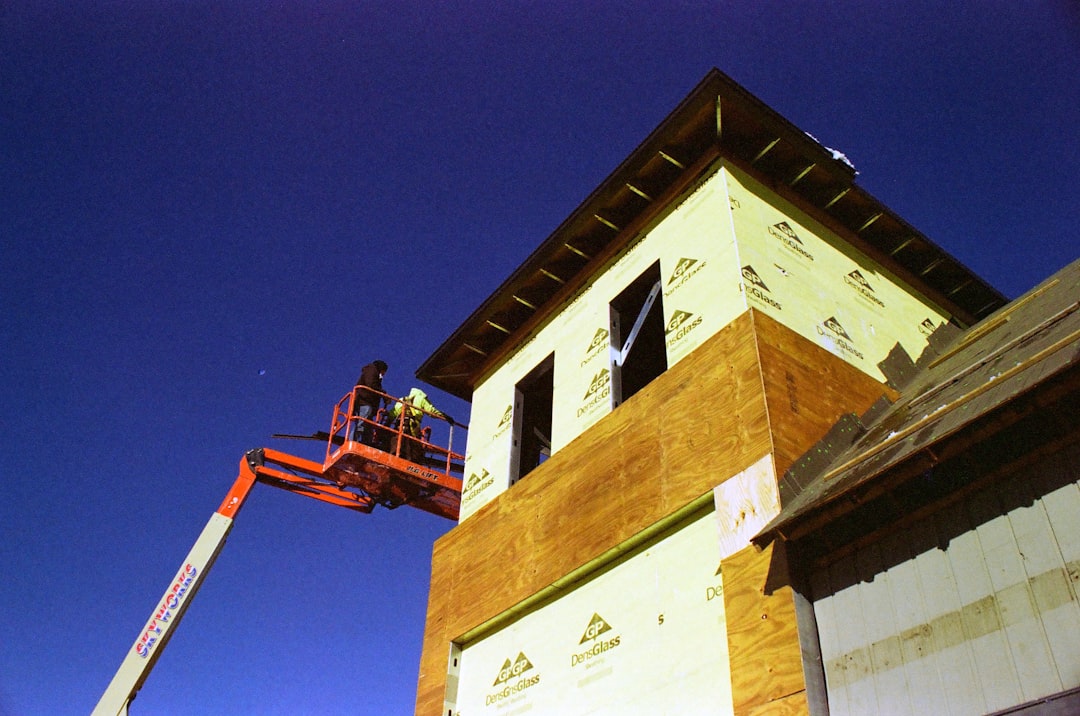
Ask any site supervisor what stops waste, keeps framers moving, and protects margins on a residential job. Nine times out of ten the answer is “a solid cutting list.” Yet many builders still rely on handwritten notes or spreadsheet templates that break down as soon as a change order lands. In this article, CountBricks explains exactly what is a cutting list, why it matters, and how AI-driven workflows can turn it from a chore into a profit lever.
A cutting list—sometimes called a cut list or material tally—is a document that converts take-off measurements into individual component dimensions ready for the saw bench. Instead of “450 sq ft of 3/4 in. plywood,” a cutting list tells your carpenters to rip 20 sheets at 96 in. × 24 in. and 10 sheets at 96 in. × 12 in. The list removes the mental math from the field and ensures every length, angle, and sheet is optimized for minimal waste.
1. Manual notebooks: A surveyor walks the frame, scribbles lengths, and hopes the lumberyard reads the handwriting.
2. Spreadsheet templates: Better, but one transposed digit can cost a pallet of OSB.
3. CountBricks real-time voice capture: Call out dimensions as you read the plans; our engine maps them to SKUs, applies waste factors, and outputs an optimized cut pattern before you hang up the phone.
• Waste Reduction: Every extra sheet or off-cut is cash in the dumpster. A precise cutting list couples components so scraps from one piece become cleats for another.
• Labour Efficiency: Crews receive a ready-to-saw roadmap. Less time measuring equals faster plates on the walls.
• Supplier Clarity: Lumberyards read the list as a bill of materials. Clear specs cut order errors and back-charges.
• Change Management: When owners shift a window, CountBricks updates the list instantly. No manual re-entry, no delays.
1. Real-Time Voice Session: Open the CountBricks app and read dimensions directly from the blueprint or laser measure.
2. AI Recognition: Our engine tags each measurement to a task category—stud framing, blocking, decking—and selects the matching product codes.
3. Waste & Kerf Calculation: Variable waste factors, saw kerf, and preferred stock lengths are auto-applied.
4. Cut Pattern Optimizer: Pieces are nested onto stock lengths for the shortest off-cut.
5. Instant Export: Download the list, push it to your supplier portal, or attach it to a CountBricks quotation document.
• Stock Length/Sheet Size: The base material dimension coming from the yard.
• Final Cut Length or Panel Size: The finished size after trimming.
• Quantity: Number of identical components required.
• Angle or Bevel: Especially critical for rafters and stair stringers.
• Location Code: Tie the piece back to a plan zone for easy staging.
• Duplicate Dimensions: Our duplicate checker flags repeated calls to prevent double ordering.
• Ignoring Kerf: Many lists forget the 1/8-inch blade width. CountBricks factors it automatically.
• Static Waste Allowance: Instead of a blanket 10 %, we apply category-specific percentages—higher for drywall corners, lower for engineered joists.
Because the list is generated inside the same platform that builds your estimate, you never re-enter data. Once accepted, the proposal converts to a live project budget, purchasing schedule, and site-ready cutting list. When the final invoice is issued, you can prove exactly how many lineal feet were consumed.
• Name every measurement out loud as “width by height” to reduce confusion in voice capture.
• Save favorite stock lengths in your CountBricks profile to standardize orders across crews.
• Use the location code field to batch-cut by floor or elevation.
• Export the list as a QR code so on-site teams can pull it up on mobile without paper.
• After framing, reconcile used lengths in CountBricks to refine future waste factors and sharpen bids.
On a recent 2,800 sq ft hillside home, the framing contractor recorded measurements during a 14-minute voice call with CountBricks. The platform produced a 172-item cutting list and shaved 6 % off the lumber bill compared to the previous spreadsheet method. The superintendent reported a two-day schedule gain because crews “spent zero time head-scratching at the chop saw.” View more results at CountBricks.com/portfolio.
If you are still asking what is a cutting list or wrestling with outdated templates, schedule a live demo at CountBricks.com/services. Let us convert your plans into profit—one optimized cut at a time.

Builders often treat the cutting list as an afterthought, generated only when the first load of lumber hits the site. CountBricks flips that timeline. By producing an optimized list during pre-construction, we influence procurement, staging, and crew composition long before the slab cures.
1. Upload your PDF plans to the CountBricks dashboard.
2. The engine detects walls, openings, joists, and panels, assigning each to CSI-aligned cost codes.
3. Verified quantities flow directly into an editable material library tied to real-time supplier pricing.
Your estimator or site lead reviews the auto-takeoff and reads any custom dimensions—vaulted ceilings, specialty beams—into the mobile app. This hybrid approach captures architectural nuance without losing AI speed.
• Push the pending cutting list to preferred yards through CountBricks’ supplier portal.
• Receive stock length availability and delivery slots back into the same interface.
• Lock pricing early, protecting your budget from market swings.
QR-coded lists allow each saw station to pull up only the pieces relevant to its zone. Colour-coded location tags mean the second-floor team never cuts the first-floor studs by mistake.
After the frame inspection, actual usage is reconciled against the original list. CountBricks’ dashboard highlights over-cuts, underruns, and waste hot-spots, feeding data back into your estimating rules for the next bid.
• Better Cash Flow: Ordering exact lengths reduces tied-up capital in surplus stock.
• Lean Scheduling: Crews spend more time fastening than marking and measuring.
• Transparent Invoicing: Clients see a line-by-line path from plan to product to invoice, building trust.
Ready to embed this workflow into your next subdivision or custom build? Book an onboarding session at CountBricks.com/consultation and watch your cutting list evolve from paperwork to performance driver.